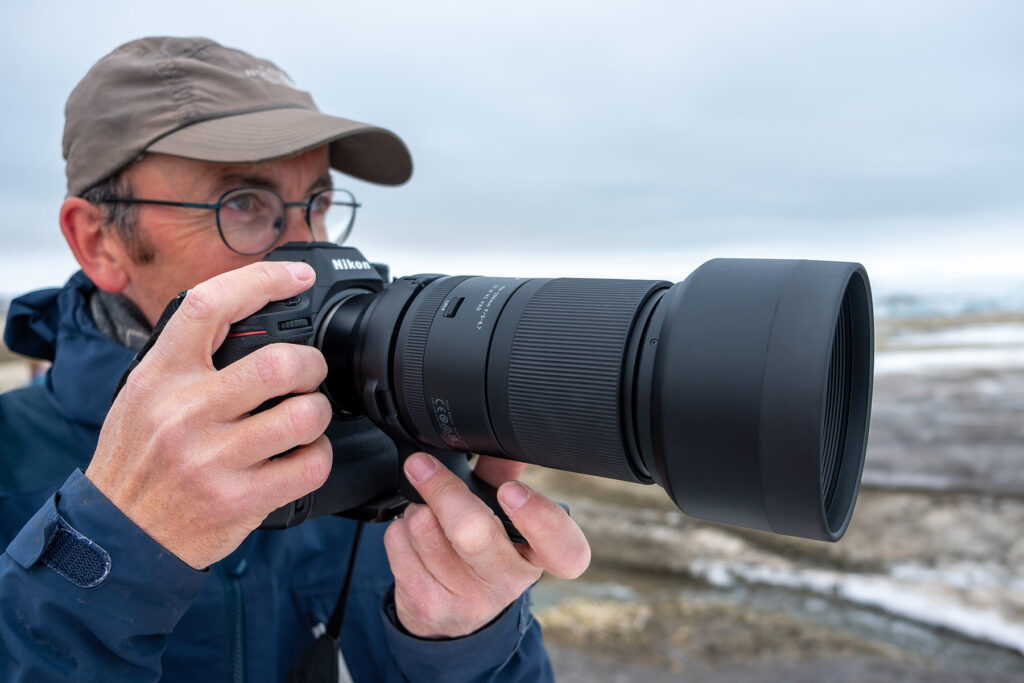Parasol
Why is a Lens Hood Important?
The importance of a lens hood is a topic that every photographer should understand. A lens hood is a crucial accessory that helps to reduce unwanted light from hitting the lens. This may sound simple, but it can make a significant difference in the quality of photographs.
When strong light sources hit the lens from the side, it can create lens flare, which results in reduced contrast and image quality. Lens flares can also introduce unwanted ghosting or glare into photos, making them less clear and crisp. By using a hood, you can block out that unwanted light, helping to capture more vibrant and detailed photos.
Another advantage of using a lens hood is that it helps to protect the lens from accidental bumps and scratches. Photographers sometimes have to move through crowded areas where it’s easy for lenses to come into contact with objects that could potentially damage them.
A lens hood is like a shield that sticks out in front of the lens to give the front element extra protection. It can absorb impacts and shield the lens, safeguarding it from any potential damage.
Additionally, a camera lens hood can be extremely beneficial when shooting in bright sunlight. On a sunny day, harsh light can create unwanted lens flares and reduce overall image quality.
A hood blocks out excessive light, allowing for the capture of more vibrant and well-exposed images. When taking pictures of landscapes or outdoor scenes, it’s important to avoid unwanted flare. This will help ensure that the details and colors of the subject stand out.
Telephoto lenses require that you use a hood that is deep. The hood is cylindrical with no cut outs to accommodate the focal lengths your telephoto zoom lenses are designed to cover. The same type of hood is used for prime lenses that have a focal length of 50mm or more.
Standard and Wide angle zoom lenses use tulip lens hoods or petal lens hoods. The sides of the hood are cut out to give the appearance of a flower. When you are zoomed out to a wide-angle setting, the hood will not create any vignetting on the sides. If the hood is not cut out, you will get dark edges on your image.
Occasional circumstances exist where a hood might not be desirable. This often occurs when using a close-focusing lens. The hood can block light on the subject in this situation. You may also choose to not use the hood when you want to intentionally create a flare effect in the image.
One should not overlook the aesthetic aspect of using a lens hood. Not only does it serve a practical purpose, but it can also add a professional touch to the gear.
Lens hoods come in different shapes and sizes, giving the lens a more substantial and impressive look. This enhances both the performance and the appearance of the lens.
Wide angle lenses and all-in-one zoom lenses will use tulip lens hoods, also called petal lens hoods. Telephoto lenses use deep cylindrical lens hoods.
All Tamron lenses come with a customized hood for protection from stray light without affecting the image quality. Attaching flower-shaped lens hoods correctly is important to avoid dark corners in the images.
In conclusion, a lens hood is an essential accessory that every photographer should use. It helps to reduce lens flare, protect the lens, improve image quality, and add a touch of professionalism to the gear. So, next time out shooting, don’t forget to attach the lens hood and enjoy the benefits it brings to photography.



